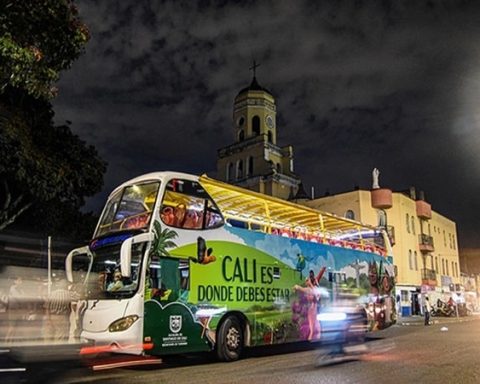Generation Z, often portrayed as a cohort marked by pessimism, faces global challenges ranging from the Covid-19 recession to the climate crisis.
However, A recent report from World Data Lab and NielsenIQ, titled “Spend Z: Gen Z Changes Everything,” offers a revealing perspective: this generation will be the largest and richest in history, with purchasing power more equitably distributed globally. .
(Read: Why do we kiss? The evolutionary explanation of this universal gesture of affection)
Buy
iStock
With approximately 2 billion members, Generation Z represents around 25% of the world’s population. This demographic phenomenon, driven by declining infant mortality rates over the past three decades, ensures that this generation maintains its dominance longer than its predecessors.
Despite concerns about the future, the report highlights that today’s young people enjoy relatively prosperous lives, challenging the notion that children will not be better off than their parents.
(Read: How Avoidable the Titanic and Challenger Shuttle Tragedies Were)
The report reveals that, Although most members of Generation Z are still students and their current purchasing power is lower than that of Baby Boomers, their average per capita spending is significant.
In North America and Europe, They spend 25% more than Millennials at the same age, and in the Asia-Pacific region, this spending doubles. It is predicted that once this generation fully enters the workforce, their total spending will rise from $9.8 trillion to $12.6 trillion by 2030.
(Read: These were all the winners of the 2024 Ballon d’Or Gala)

Money
iStock
A key aspect of the report is that The consumer power of Generation Z is not concentrated in the West, but is expanding towards emerging markets.
While only 10% of this generation live in North America or Europe, a notable 33% reside in sub-Saharan Africa and 28% in South Asia. This means that more than half of Gen Z’s spending will come from these markets, where living standards are rising.
(Read: GSP reform: transfers will rise to 39.5% and more modifications made to the project)
Digital natives of this generation have access to more information and purchasing options than any previous generation.
This ability to choose is transforming the way businesses must operate. Manufacturers and retailers who do not adapt to the needs and values of this young and dynamic cohort they could be left behind in an increasingly competitive market.
PORTFOLIO
















